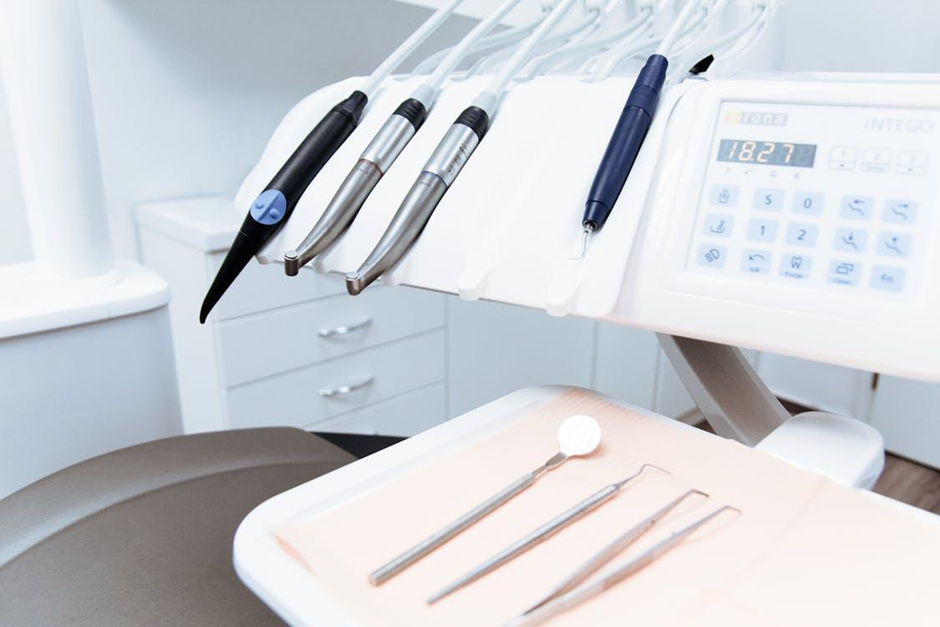Dental Braces in Dubai | All You Need To Know
Dental Braces
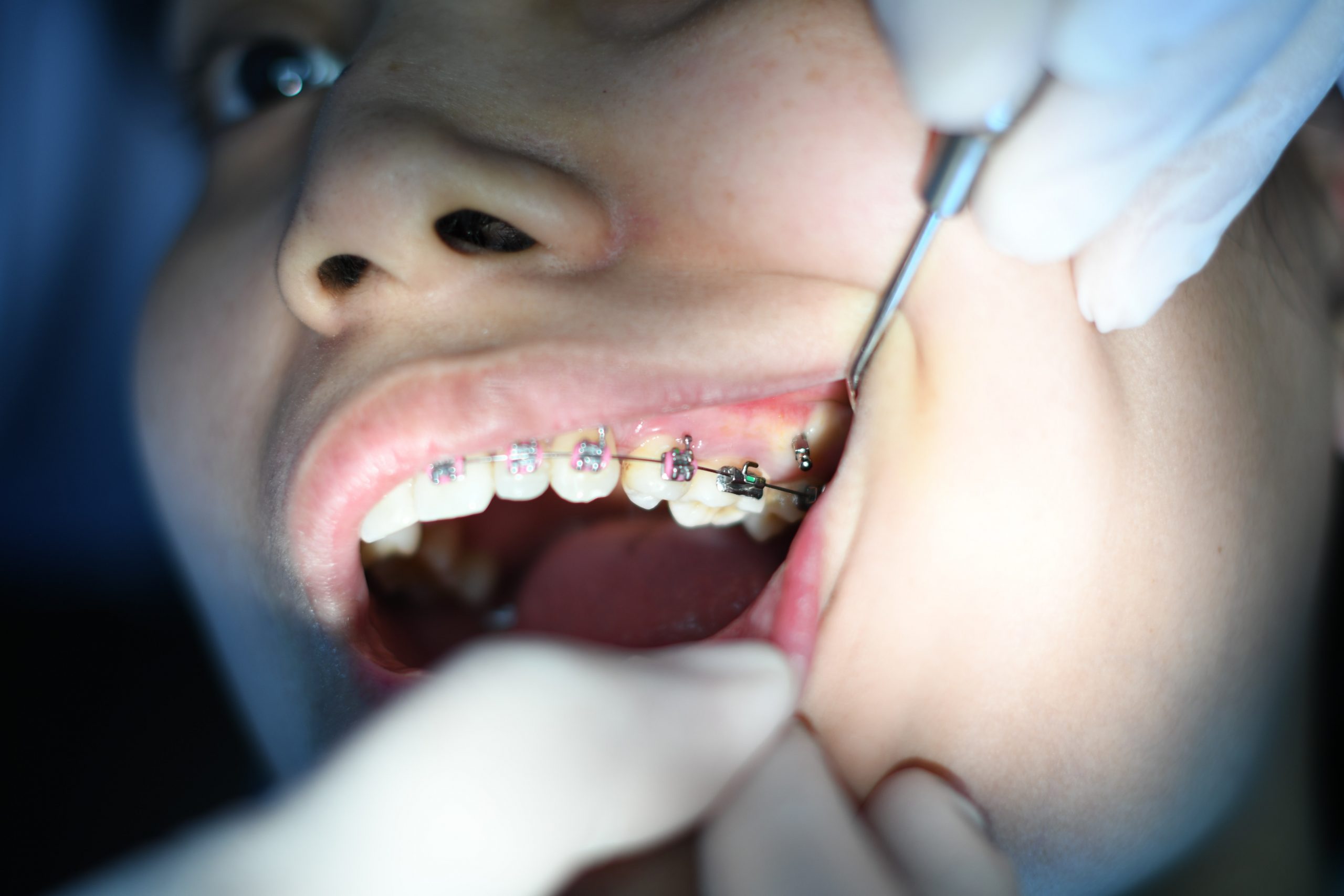
Table of Contents
Dental braces are dental devices that are used to align and straighten crooked teeth. These dental devices are placed by professional orthodontists consisting of brackets and wires. These are attached to the teeth to align them. Most people undergo this treatment to enhance their appearance, but many people get braces to improve the functionality of their teeth.
In this article, we will be going over why people choose to get braces, the procedure of getting dental braces in Dubai, and the changes you will have to make once you get braces.
Why Do People Get Dental Braces?
People undergo this type of treatment for multiple reasons:
- To enhance and improve the appearance of your teeth. There are a number of dental malocclusions that compromise the appearance of the mouth. In most cases, people with proclined upper front teeth get braces to fix the issue of crowding and setting the teeth back in their appropriate place.
- To revamp the functionality of the upper and lower teeth. If your upper and lower teeth clash when you are chewing, it is advised that you book a consultation appointment with your dentist to discuss the steps needed to rectify this disorder. People with proclined teeth often struggle with breathing problems and tongue thrusting. Getting such malocclusions treated at the right age can be beneficial for a number of oral functions
- To enhance the general health of your teeth and mouth. Crowded teeth that are not properly aligned can lead to a number of oral defects and periodontal problems. Dental braces can get your teeth to align in a proper manner, thus improving the health of your mouth by ten folds.
Now that you know why people get dental braces, let’s take a look at the steps required to undergo this treatment.
Initial Consultation
The first step to getting dental braces in Dubai is consultation with an expert orthodontist in Dubai. Your dentist will examine your mouth and lay out the concerns related to the positioning of the teeth. The dentist will take x-rays of your mouth to determine the treatment needed, and they will also discuss the dental history, which will help them make the right treatment decisions. Once the dentist determines that dental braces treatment is required for the patient, you and your doctor will decide what type of braces are needed and what the duration of the treatment is going to be.
Fitting of Dental Braces
Now that you have decided to get dental braces in Dubai, it’s time to get them fitted into your mouth. A cheek retractor is placed in your mouth to ensure the teeth remain dry and the dentist has a clear view of all the teeth in your mouth. Before the brackets are placed, the teeth are polished, conditioned, air-dried, and primed. The cleaning and priming of the teeth help the brackets bond properly using dental cement. Once the dental cement is placed on the surface of your teeth, a high-intensity light is used to strengthen the bond.
The cheek retractor is removed once the dental braces are placed in their desired position. The placement process usually takes roughly 20 minutes.
Adjustment of Dental Braces
In order to anchor the braces in their place, your dentist in Dubai will place a metal band around the back molars of your mouth. Once the metal band is adjusted to fit your teeth, the orthodontist will apply glue to the band is secure it with a high-intensity blue light. You are likely to experience slight pressure at this point as the orthodontist twists the band.
After the brackets and bands are secured in their place, the dentist will attach an archwire to the brackets. Small rubber bands (ligatures) are wrapped around each bracket to hold the wire in its place. Once the ligatures are placed, the dentist will snip the ends of the archwire to make sure it doesn’t touch the gums at the back of the mouth. The dentist also uses more advanced self-ligating braces where the archwires are held in place by the brackets with a built-in mechanism and rubber bands are not used.
Most patients often feel tightness and soreness in their mouth following the treatment. Not to worry because the soreness will eventually subside within a couple of weeks. This happens because the position of your teeth has been changed due to the wires and brackets. Your dentist will prescribe a painkiller for you to take after every meal, as eating might be painful during the healing period.
It is advised that you visit your dentist after every three weeks to monitor the progress and evaluate if any adjustments are required. The patient needs to visit the orthodontist periodically mostly once in a month and until the teeth are moved to the desired position.
Removing Dental Braces
Once the teeth have been positioned as desired. It is time to remove the dental braces. This process is simple and relatively painless. Your orthodontist will first begin to remove the ties and wires, and then they will proceed to break the bond between the brackets and teeth by applying pressure and squeezing them. The dental cement which was used to attach the brackets is removed from the teeth.
A significant amount of patients report instances of gum inflammation after they get their braces removed. However, this should not be a problem with adequate oral care. Make sure to book a follow-up appointment with your orthodontist so they can evaluate the size of your retainers. Retainers are post-treatment supporting device that helps sustain the new position of the teeth.
Foods to Avoid with Dental Braces
While you have dental braces on, professionals recommend that you avoid the following foods to prevent any damage being caused to your brackets:
- Popcorn
- Nuts
- Ice
- Corn on the cob
- Hard candy
- Caramel
- Chewing gum
To find out more about dental treatments or to book a consultation appointment, contact us today!
Book an Appointment With Your Doctor NOW!
Ready for a brighter smile? Schedule your appointment with Dr. Paul’s Dental Clinic today and experience exceptional dental care.
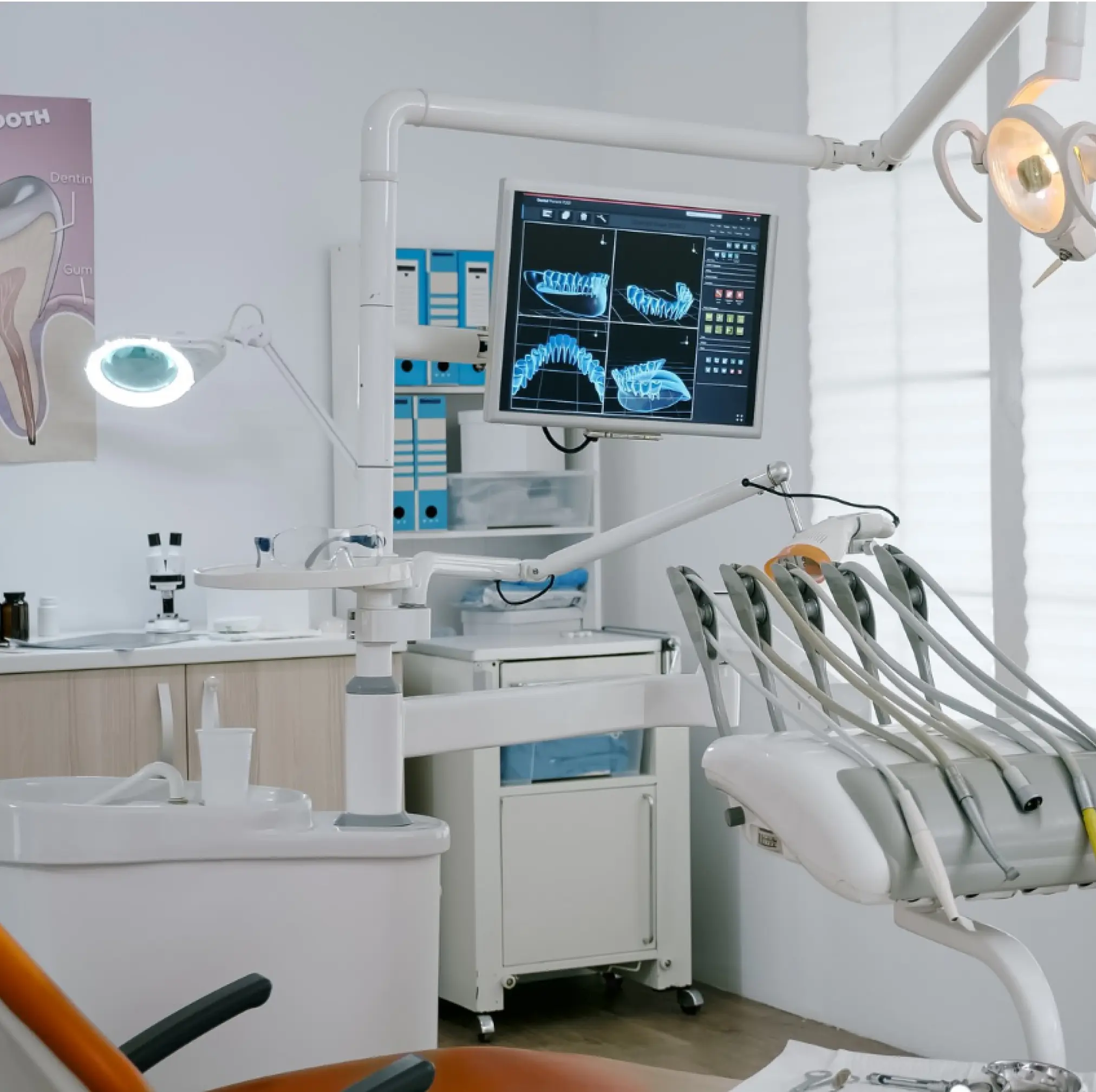
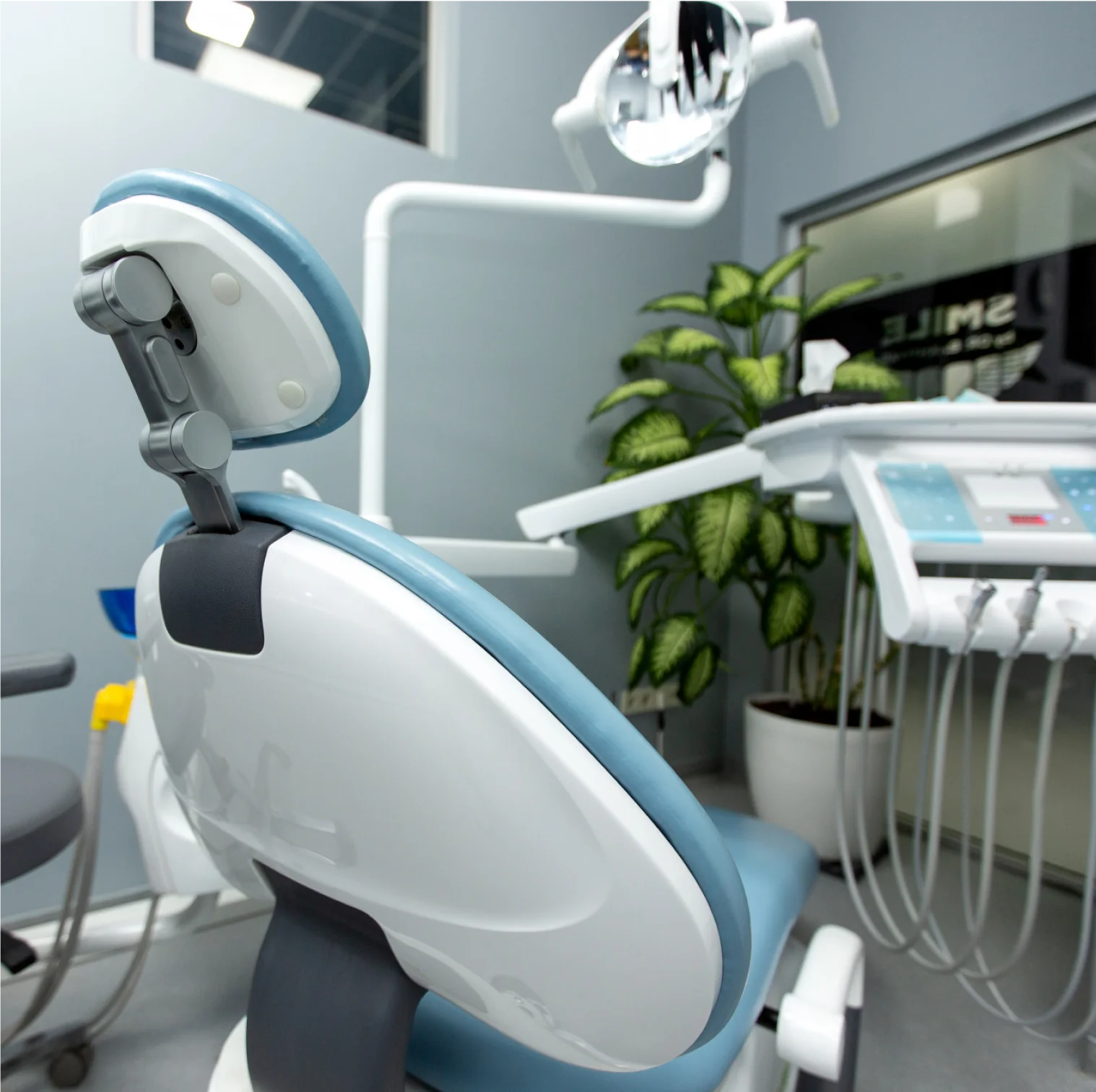
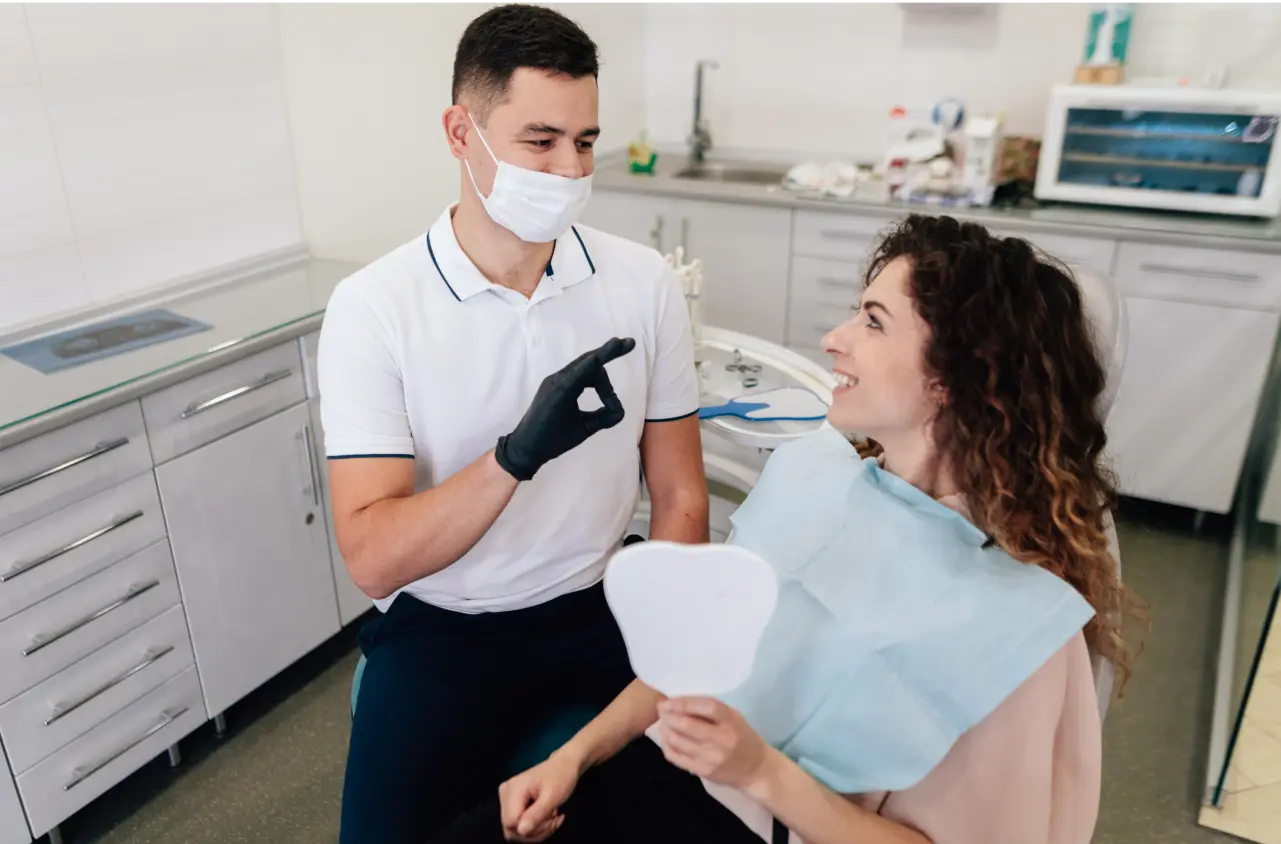
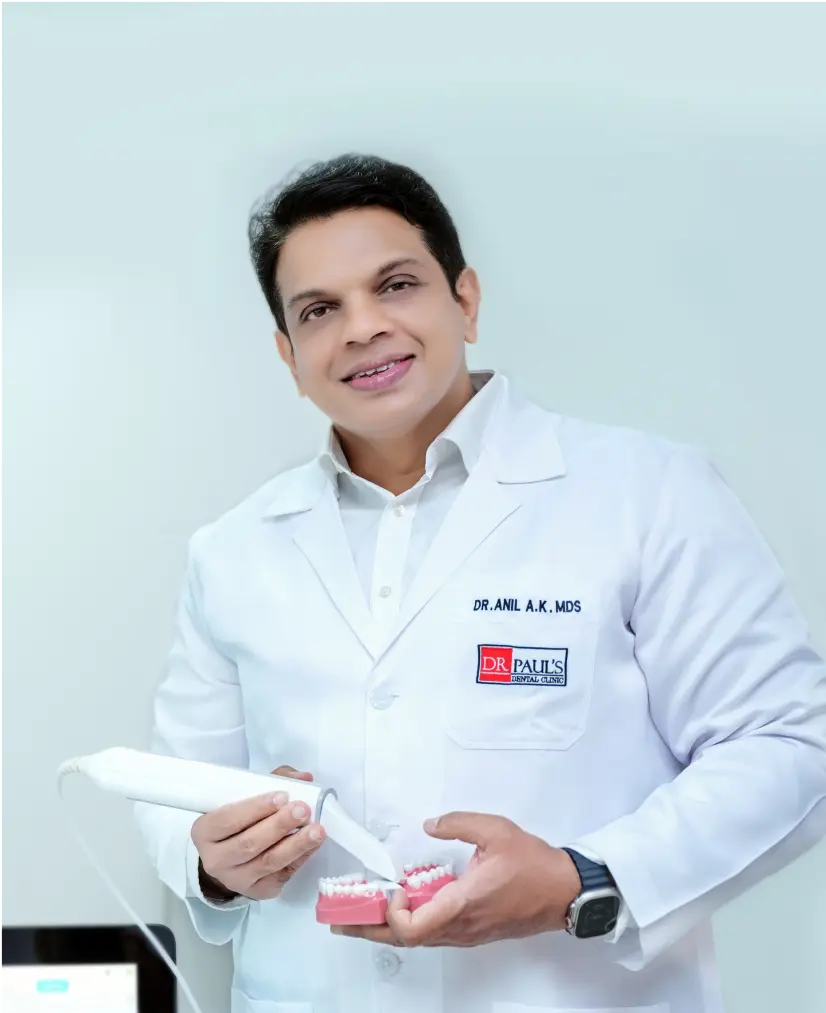 Dr. Anil Abdul Kaphoor
Dr. Anil Abdul Kaphoor 

